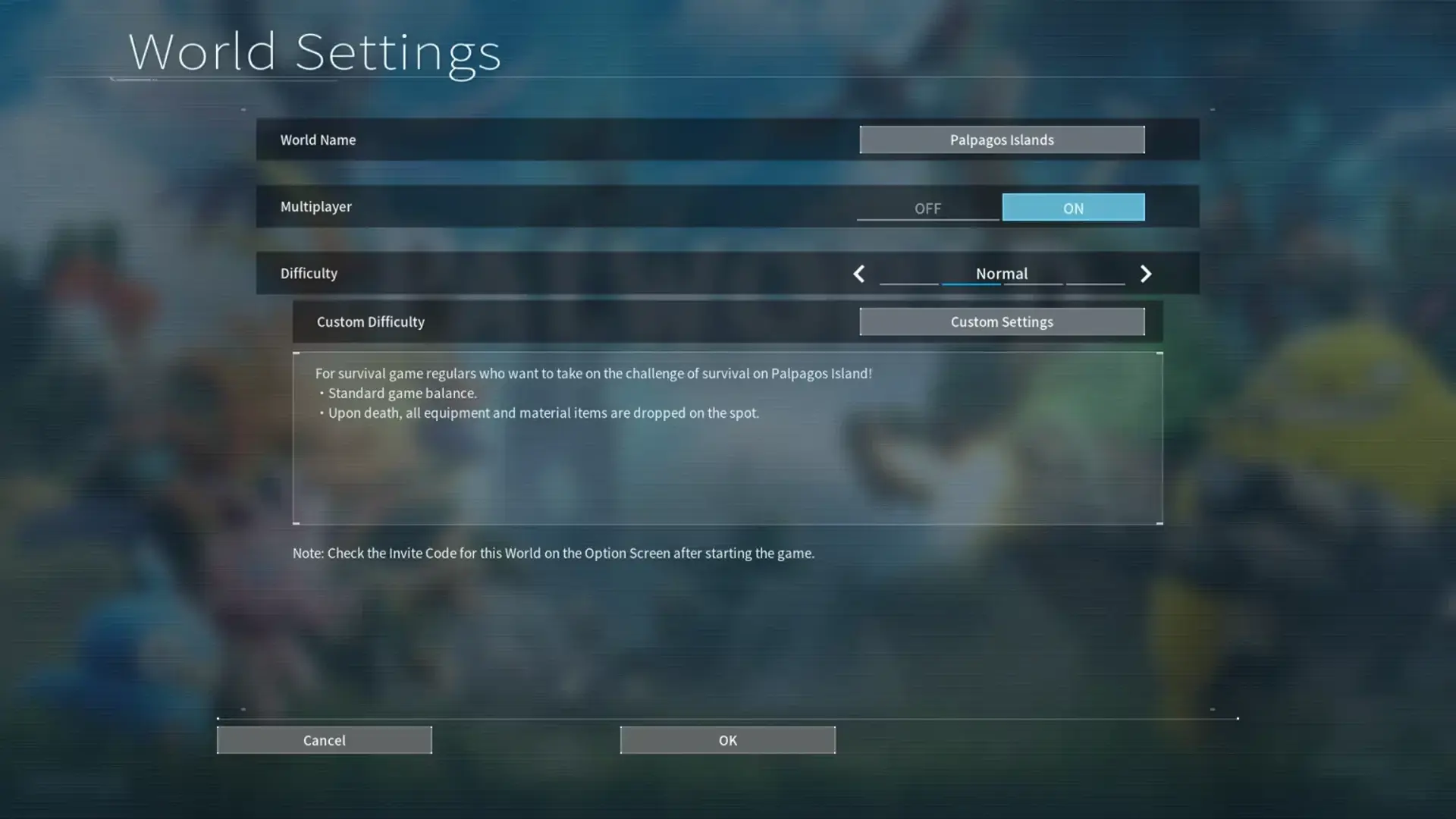If you need to power up efficiently in Satisfactory, Fuel Generators are your go-to. They convert fuel to electricity consistently, offering 150 MW each at max speed. Liquid Biofuel and Turbofuel are top fuel options, with varying burning times and outputs. Manage your fuel supply well to prevent interruptions and automate delivery for smooth operation. Overclocking can boost power, but watch out for increased fuel consumption. To optimize performance, adjust clock speeds and experiment with different fuel types. The Fuel Generator system has a lot to offer, so why not explore further for maximum efficiency and power output?
Key Takeaways
- Fuel Generator converts fuel to electricity at a consistent rate.
- Optimize efficiency by adjusting clock speeds and fuel types.
- Automation via pipe input ensures steady fuel supply.
- Overclock generators for increased power output with higher fuel consumption.
- Monitor cooling systems to prevent overheating and maintain performance.
Functionality of Fuel Generator
The fuel generator efficiently converts fuel into electricity at a consistent rate to power your operations. It functions based on a specific clock speed, ensuring a steady supply of power. This clock speed determines the consumption rate of fuel, with each generator producing 150 MW when running at 100% speed. To maintain uninterrupted operation, the fuel generator is designed to receive fuel through an automated pipe input system. This automation feature guarantees a continuous fuel supply, preventing sudden power outages due to fuel shortage.
In terms of power output, the number of fuel generators you can support per node depends on the purity of the Crude Oil node. Higher purity nodes allow for more generators to be connected, increasing your overall power capacity.
Additionally, there's an option for overclocking the fuel generators. Overclocking enables you to push the generators beyond their standard capabilities, resulting in increased power production. However, it's essential to manage this process carefully to avoid potential issues like overheating or excessive fuel consumption.
Fuel Types for Generator
When considering fuel types for your generator, focus on fuel efficiency and power output. Understanding how each type of fuel affects these aspects can help you optimize your generator's performance.
Experimenting with different fuels can lead to more efficient and powerful energy generation for your needs.
Fuel Efficiency
For peak fuel efficiency in your generator, consider the different types of fuel available such as Liquid Biofuel and Turbofuel, each with varying burn times and power outputs. Liquid Biofuel burns for 12-30 minutes at different clock speeds, generating 150-375 MW in the Fuel Generator. Turbofuel, on the other hand, burns for 5.3-13.333 minutes at varying clock speeds, also producing 150-375 MW in the Fuel Generator. Fuel Generators support a specific number depending on the Crude Oil node purity: 16.67 for Pure, 8.33 for Normal, and 4.17 for Impure. Overclocking options are available for increased power output in Fuel Generators, enhancing efficiency. Additionally, the Diluted Fuel recipe is more space and power-efficient than Diluted Packaged Fuel, making it a preferred choice for power generation in later stages.
| Fuel Type | Burn Time Range | Power Output Range |
|---|---|---|
| Liquid Biofuel | 12-30 mins | 150-375 MW |
| Turbofuel | 5.3-13.333 mins | 150-375 MW |
Power Output
Consider the power output variations of Liquid Biofuel and Turbofuel in Fuel Generators to optimize your energy generation efficiency. Both fuel types can produce 150 MW of power at 100% clock speed, but they differ in burn times. Liquid Biofuel burns for 12 minutes, while Turbofuel only burns for 13.333 seconds at the same speed.
Adjusting clock speeds will impact burn times and power outputs. Overclocking Fuel Generators becomes essential, especially with higher Crude Oil node purity. Pure nodes can support a substantial increase in power output, allowing generators to reach up to 2000 MW.
Understanding these dynamics is vital for efficient energy production in your factory setup.
Power Output and Efficiency

To maximize power output and efficiency in Fuel Generators, consider adjusting clock speeds and utilizing different fuel types. At 100% clock speed, a Fuel Generator can produce 150 MW of power using Fuel, Turbofuel, or Liquid Biofuel. Liquid Biofuel burns for 12 minutes, while Turbofuel has a burn time of 13.333 seconds, both generating the same 150 MW of power.
The number of Fuel Generators per Crude Oil node varies based on purity, supporting different power outputs: Impure nodes for 500 MW, Normal nodes for 1000 MW, and Pure nodes for 2000 MW.
Overclocking options can further increase power output, enabling expansions like Diluted Fuel and Heavy Oil Residue recipes, although these modifications require additional infrastructure for higher production. When aiming for efficiency, balancing the use of different fuels with clock speed adjustments is important. For instance, Turbofuel burns faster but requires more processing steps compared to Liquid Biofuel, affecting the overall efficiency of power generation.
Understanding these dynamics can help you optimize your Fuel Generator setup for maximum power output while maintaining efficiency.
Managing Fuel Supply
Guarantee smooth operation of your Fuel Generators by carefully managing the availability and delivery of fuel to meet their consumption requirements. To secure your generators run efficiently, consider the following:
- Monitor Power Consumption: Keep a close eye on the power consumption of your Fuel Generators, as different types of fuel burn at varying rates. Understanding these rates will help you calculate how much fuel you need to keep your generators running efficiently.
- Set Clock Speed: Adjust the clock speed of your generators to match the type of fuel you're using. This will impact the burn time and power output, so make sure to set it according to your current fuel supply.
- Maintain Fuel Supply: Regularly check your fuel supply to avoid any interruptions in power generation. Ensure that you have enough fuel reserves to sustain your operations without any downtime.
- Build Infrastructure: Consider expanding your infrastructure to support different fuel recipes like Diluted Fuel or Heavy Oil Residue. This may involve setting up additional machines such as Blenders and Water Extractors to meet the demands of your Fuel Generators effectively.
Automation for Fuel Delivery

Automate the delivery of fuel to your Fuel Generators for consistent and reliable power output. By utilizing the Pipe input feature on Fuel Generators, you can establish an automated delivery system that guarantees a steady supply of fuel for efficient operation and continuous power generation. This automation is essential in preventing shutdowns caused by fuel shortages, maintaining a smooth power grid operation.
To better understand the benefits of automating fuel delivery to Fuel Generators, let's explore the advantages in a detailed table below:
| Benefits of Automated Fuel Delivery | ||
|---|---|---|
| 1. Consistent Power Generation | 2. Reliable Operation | 3. Prevents Shutdowns |
| Ensures a steady fuel supply leading | Establishes a dependable system for fuel | Reduces the risk of unexpected shutdowns |
| to consistent power output. | delivery, reducing the chances of | due to fuel shortages. |
| operational interruptions. | ||
| 4. Efficient Power Grid Operation | 5. High-throughput Fuel Transportation | |
| Contributes to the overall efficiency | Supports high-speed fuel transportation | |
| of the power grid by maintaining a | for optimal Fuel Generator performance. | |
| smooth and reliable power supply. |
Automating fuel delivery to your Fuel Generators is a strategic move towards a more reliable and efficient power generation system. By guaranteeing a steady supply of fuel to your generators, you can prevent disruptions and maximize the output of your power grid.
Overclocking the Fuel Generator
When overclocking the Fuel Generator, you can enhance its power output significantly. This boost in power comes with the trade-off of higher fuel consumption rates.
It's crucial to optimize the cooling system to maintain efficiency while overclocking.
Increased Power Output
By overclocking the Fuel Generator, you can enhance its power output beyond the standard 150 MW, with different levels of overclocking available based on the type of Crude Oil node used.
- Impure Crude Oil nodes support overclocking for up to 500 MW.
- Normal Crude Oil nodes allow overclocking for up to 1000 MW.
- Pure Crude Oil nodes enable overclocking for up to 2000 MW.
Overclocking Fuel Generators can greatly boost power production but requires careful resource management.
Always consider the pipe and clock speed for power generators to meet the increased fuel requirements when overclocking for a higher MW of sustained power output.
Efficiency With Overclocking
To optimize the efficiency of your Fuel Generator when overclocking, careful monitoring of fuel consumption is vital to prevent shortages and maintain productivity levels.
Overclocking the Fuel Generator increases its power output beyond the base 150 MW by pushing it to higher clock speeds with power shards. However, this higher clock speed also leads to increased fuel consumption.
It's important to monitor the fuel levels closely to guarantee a steady supply and prevent any interruptions in electricity generation. By managing the overclocking process effectively, you can strategically boost your power output in scenarios where space or resources are limited, enhancing the overall efficiency of your setup.
Cooling System Optimization
Optimizing the cooling system is essential for maximizing the performance of your overclocked Fuel Generator. When it comes to overclocking, ensuring your cooling system is up to the task is critical for maintaining efficiency and preventing overheating.
Here are some tips to help you achieve the perfect balance between power production and resource efficiency:
- Monitor your cooling system regularly to avoid overheating issues.
- Experiment with different overclocking levels to find the best balance.
- Keep an eye on fuel consumption rates as you increase the clock speed.
- Remember to balance the gains in power output with the increased resource consumption.
Setting Up Fuel Power System
When advancing to a Fuel Power System, consider the type of fuel and clock speed settings to optimize electricity generation for your power grid. Fuel Generators can consume Fuel, Turbofuel, or Liquid Biofuel, each impacting power output differently based on the chosen fuel type and clock speed settings. Adjusting the clock speed impacts the burn time and resulting MW output of the generators.
The number of Fuel Generators you need per Crude Oil node purity will vary depending on the desired power output. Overclocking presents an option for enhancing power output, but it requires additional production setups for fuel to sustain the increased demand. As you progress through different stages, you'll access more complex recipes and efficiency improvements for your fuel power system, allowing for better optimization and utilization of resources.
Historical Development of Fuel Generator

As the Fuel Generator made its debut in Satisfactory Patch 0.1.18, it revolutionized power generation within the game, offering players a new and efficient electricity source. This marked a significant milestone in the development of Satisfactory's power infrastructure, providing exciting opportunities for players to enhance their factories.
The historical development of the Fuel Generator has been an intriguing journey, shaping the way players approach power generation in the game. Here are some key aspects of its evolution:
- Overclocking: Players can now optimize their Fuel Generators by overclocking them, enabling increased power output based on the purity of Crude Oil nodes. This feature adds a layer of complexity and strategy to power management within the game.
- Recipes: The evolution of Fuel Generator recipes has provided players with different efficiency levels, allowing for more diverse power generation strategies tailored to their specific needs.
- Late-game Infrastructure: The Fuel Generator plays an important role in late-game power infrastructure, supporting high energy demands in complex factories and ensuring smooth operation.
- Electricity: With its consistent power output, the Fuel Generator has become a reliable source of electricity for players, contributing to the overall efficiency and productivity of their factories.
The Fuel Generator's journey from its inception to its current state showcases the game developers' commitment to enhancing the player experience and providing engaging gameplay mechanics.
Tips for Optimal Fuel Generator Performance
To enhance Fuel Generator performance, it's crucial to consider adjusting the clock speed to maximize efficiency and power output. Fuel Generators consume 12 m/min of Fuel or Liquid Biofuel and 4.5 m/min of Turbofuel at 100% clock speed. When using Liquid Biofuel at 100% clock speed, it burns for 12 minutes and produces 150 MW of power. On the other hand, Turbofuel at 100% clock speed burns for 13.333 seconds and generates the same 150 MW of power. Different clock speeds for Liquid Biofuel and Turbofuel will affect burn times and power output differently, so finding the right balance is important.
Overclocking Fuel Generators can further increase power output, especially when considering the purity of the Crude Oil node. By overclocking, you can adjust the clock speed to optimize the efficiency and power generation of the Fuel Generators. This strategy can be particularly beneficial when working with Turbofuel, as it allows for fine-tuning the process to achieve maximum power output.
Frequently Asked Questions
How Much Fuel Do Fuel Generators Use Satisfactory?
When you consider how much fuel fuel generators use in Satisfactory, optimizing for efficiency becomes crucial.
By experimenting with different fuel types and clock speeds, you can achieve the most effective power generation.
For instance, Fuel Generators consume 12 m/min of Fuel or Liquid Biofuel at full speed, whereas Turbofuel only requires 4.5 m/min.
Understanding these consumption rates can help you maximize your power output in the game.
Is Satisfactory Fuel Generator Fuel Better Than Turbofuel?
When deciding between Fuel and Turbofuel for your generators, consider efficiency and resource availability. Turbofuel burns faster than Fuel but requires more steps to produce. This means Turbofuel can be more efficient but might demand extra effort.
Evaluate your production goals and available resources to determine which fuel suits your needs best. Make an informed decision based on efficiency and convenience for your power generation setup.
How to Get More Fuel in Satisfactory?
To get more fuel in Satisfactory, increase oil extraction by overclocking Oil Wells for more Crude Oil. Use Extractors on Oil Nodes and alternate recipes like Diluted Fuel or Turbofuel for higher energy output.
Expand your Refinery setup to process more Crude Oil into Fuel faster. Balance Fuel Generator usage with production to prevent shortages and optimize your power grid.
Keep refining and producing to meet your fuel needs efficiently.
How to Fuel a Generator?
To fuel a generator, you need to provide it with the necessary fuel type like Fuel, Turbofuel, or Liquid Biofuel.
Make sure to connect a Pipe input for automated supply to keep the power flowing consistently.
The generator will always run at the set speed, producing a steady amount of electricity.
Remember, different fuels have varying efficiencies, with Turbofuel being the best option.
Failure to meet fuel requirements will result in the generator shutting down, affecting your power supply.
Conclusion
To sum up, fuel generators are a reliable and efficient source of power for your needs. By selecting the right fuel type, managing your fuel supply effectively, and considering automation options, you can optimize the performance of your generator.
Remember, with a well-maintained fuel power system, you'll never have to worry about running out of power when you need it most. So, why settle for less when you can power up with a fuel generator?










